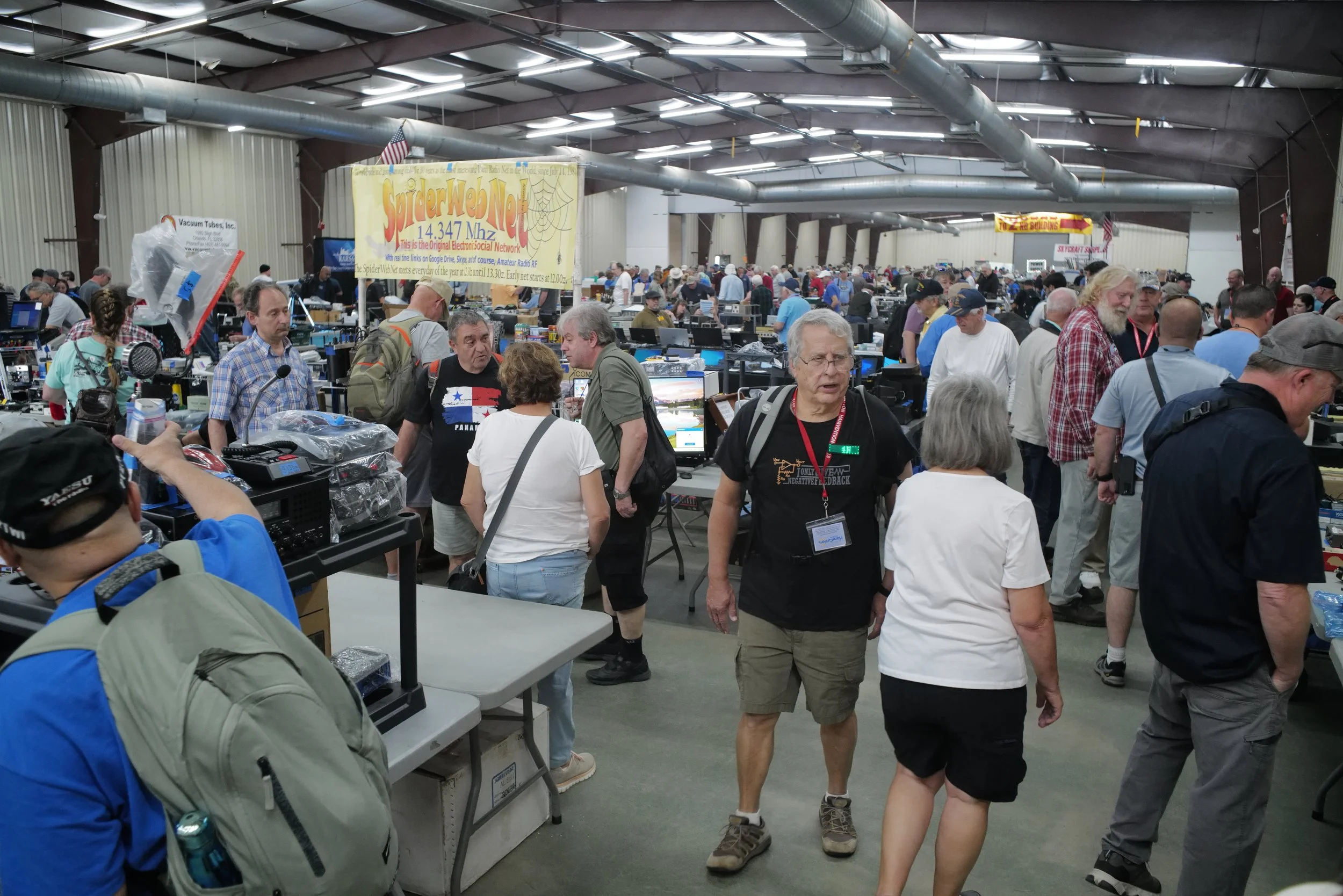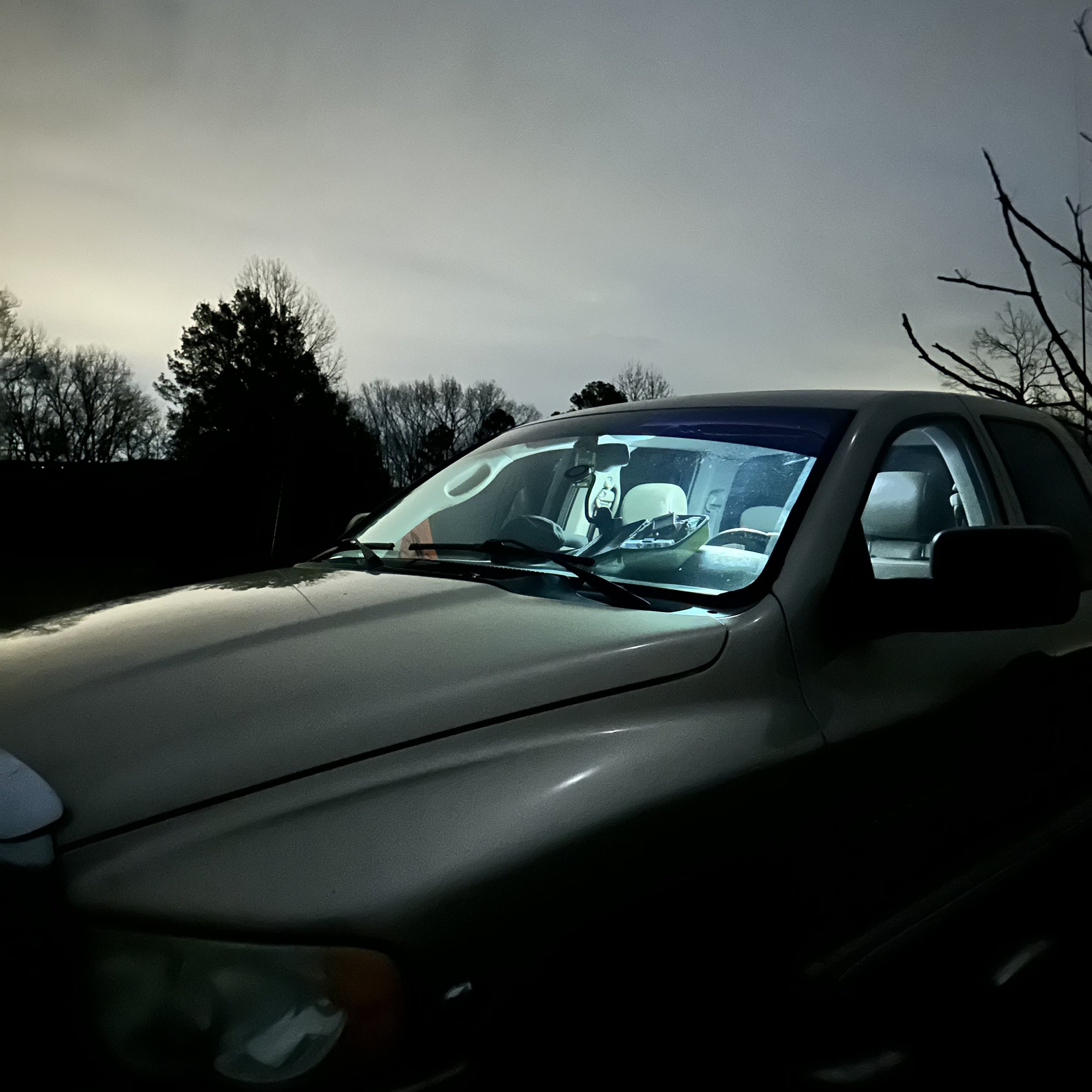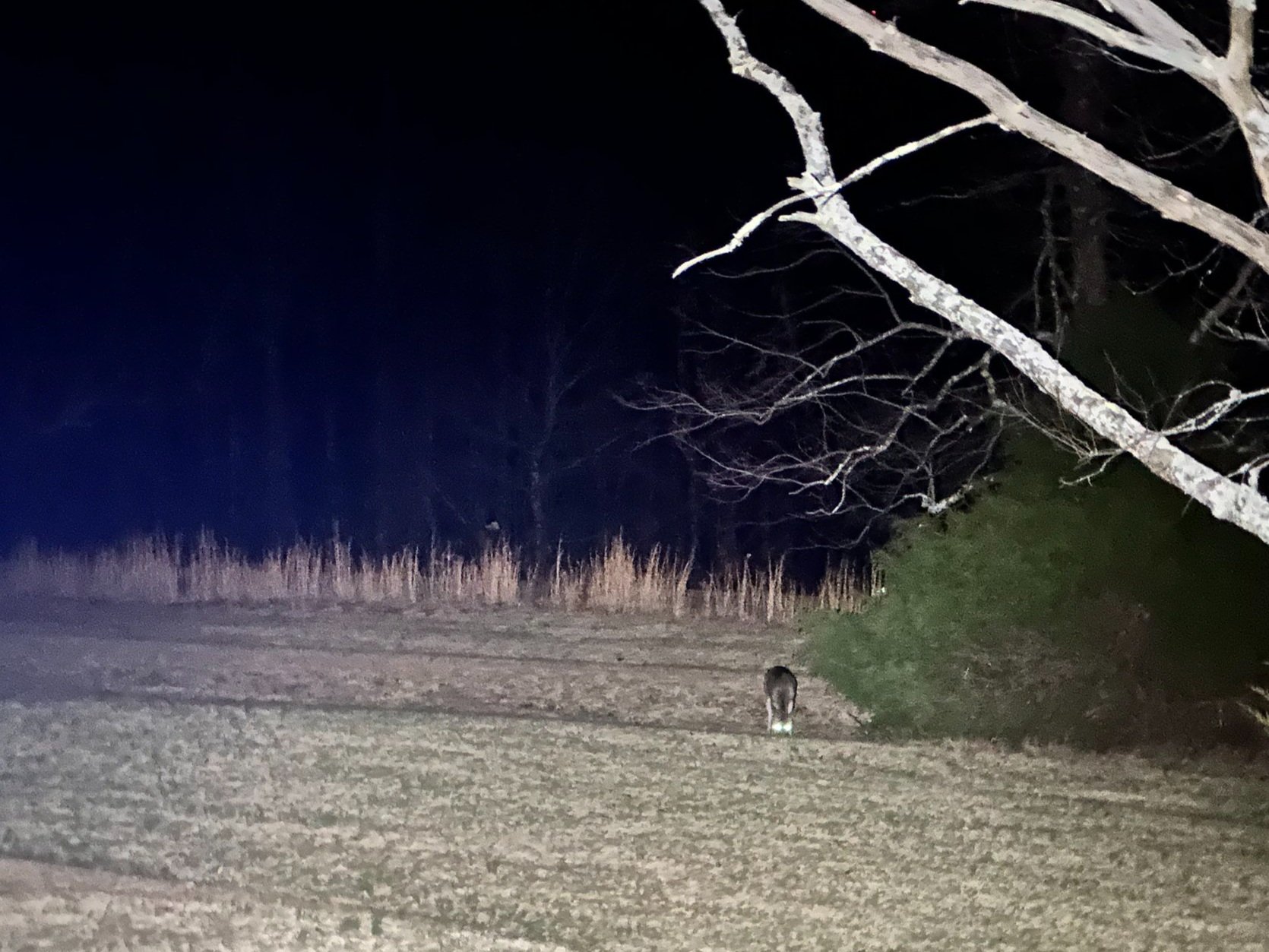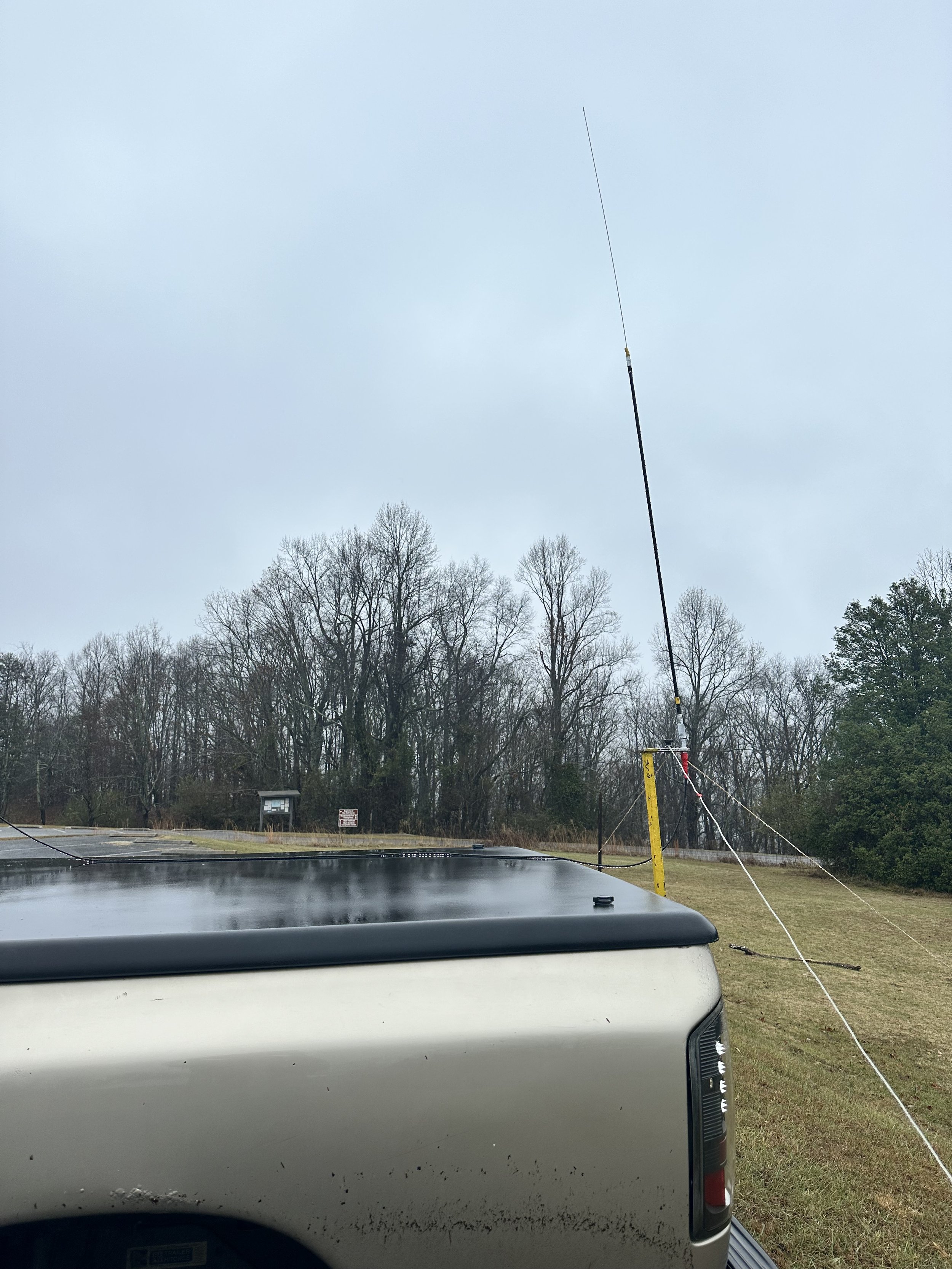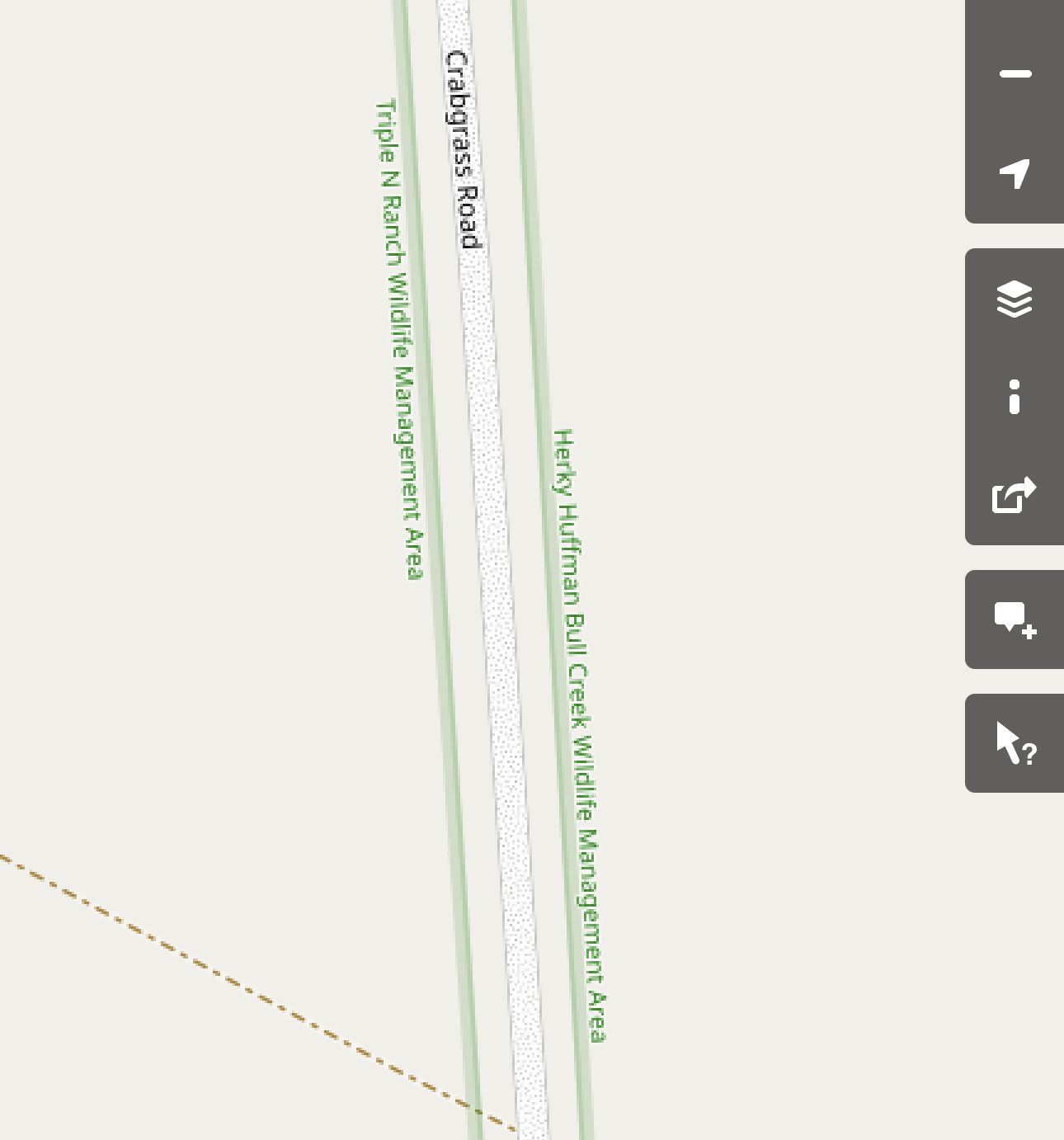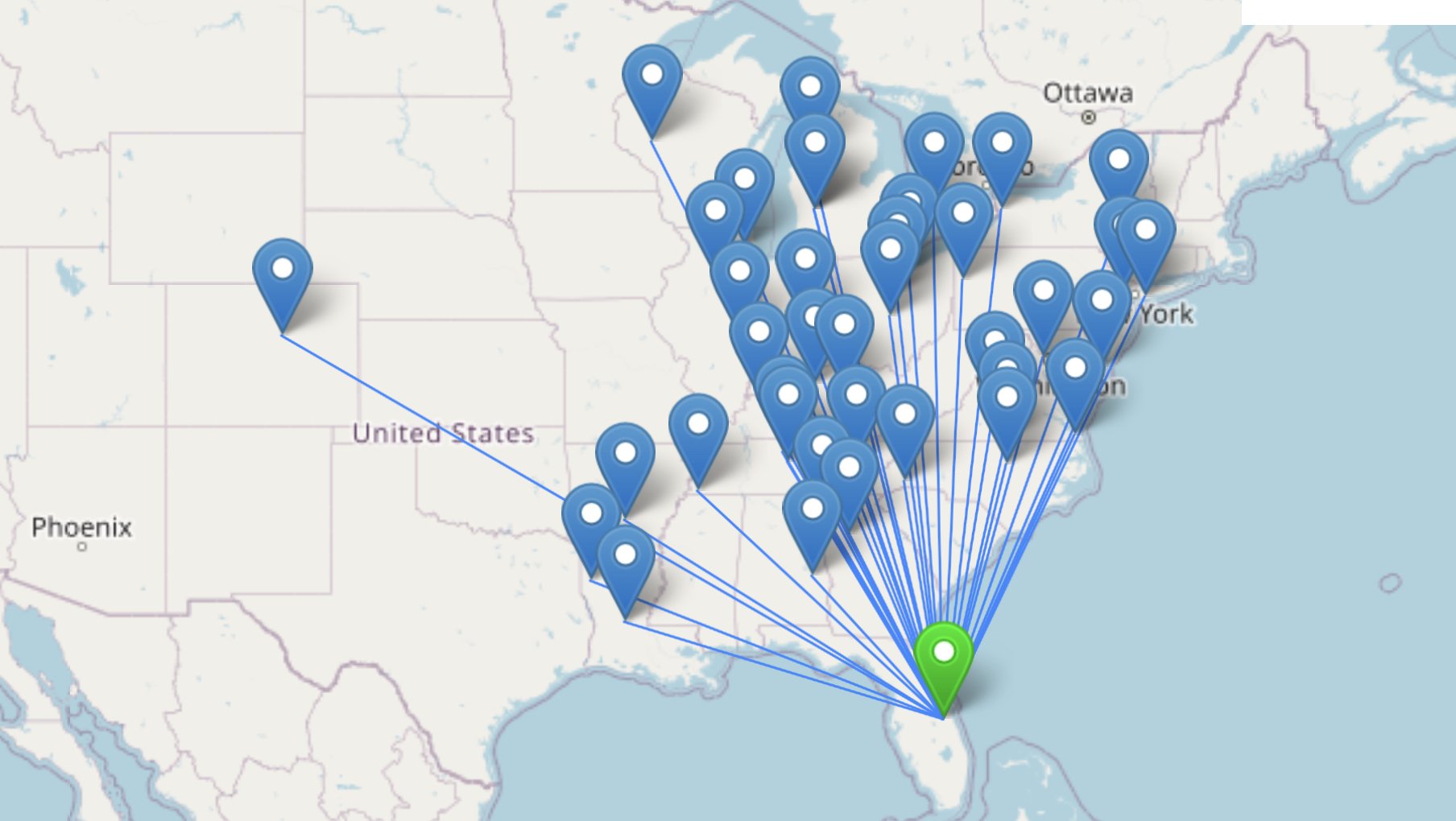Well, it has been two quite long days to be honest and I am tired while I type this up. BUT, it has been incredible to say the least. I have heard about Hamcation for years, but I have never actually been able to attend until now. I will also be honest and say that I was not prepared for what I found, nor did I really expect to find what I found as well.
Of course, I am leading with a photo of me and Tony N3ZN as he makes wonderful Morse code keys, one of which I have and use for my POTA activations routinely. It is always good to catch up with Tony if I have the opportunity. Shameless unsolicited plug – if you are looking for a really high-quality Morse code key, then this is a wonderful place to look, just saying.
Every organization you could imagine was represented at Hamcation. People from the ARRL as well as the Long Island CW club were there, among others such as AMSAT and the local boyscouts troops and so on.
Some notable things that caught my eye were this giant double Tarheel adjustable dipole seen above, as well as the full line up from Flex Radio as seen below. Well, this is the Maestro control head but they had everything they offer up and running so you could play with them. These are some really nice machines to be honest about it. The display is also a touch screen so that is why there really isnt a need for a ton of panel mounted buttons. I do like having buttons, but this is me hanging onto legacy machines that the bigger the radio the more features you could cram onto the front of the radio had back in the golden era allowing for easier access to the functions. The Elecraft K4 shown below is the perfect blend of touch screen controls and panel mounted buttons in my opinion.
Now for something that me and Trey started back a couple of years ago. We would search out all the Ten Tec radios to see what all was out there for sale just to see. Well, below are all the Ten Tec radios that I saw in the bone yard. Some are actually marked as parts machines. This is new for me as normally they are marked as working perfectly (whether they are or not LOL). There was one amp that was marked as a project, probably due to failed tubes that are no longer available and would need a fairly extensive modification to use different tubes. It would be worth it though as the filtering in Ten Tec gear is superb.
Anyway I was surprised that this was everything as there were ALOT of vendors setup in the bone yard. Pickings was a little thin for the brand. To be honest, the main brand I saw on the used gear tables was ICOM and then Kenwood right behind ICOM with a few Yaesu and one Elecraft K3 that I remember…
Below is the new Elecraft KH1 pocket HF transceiver. This radio is going to do two things really well. SOTA and travel radio will be revolutionized by this machine. The fact that is is so small that it is basically the size of a modern smartphone and can talk around the globe, has a built in key, battery, antenna tuner, antenna, logbook AND pen is insane! I really like the concept alot.
I did buy a radio though it was not a Ten Tec. I bought the 40 meter QRP radio shown below that was built by the late W9SR(SK). It is a 40 meter monobander and is really old. Once I get home, I will update the cable with powerpoles as I couldn’t find a molex to fit it at the whole show and then I will test it some into a dummy load to get the power and make sure the frequency is still right and then it will goto a park! His brother was selling some items and this was in that lot. I am glad to know some of the history on it and hope it works right so I dont have to spend a lot of time figuring out how it works internally. Lol.
Speaking of POTA… this is how I did Hamcation this year. Teresa and I are actually staying in Tampa for these two weeks so I drove up each day for the show. Arrived about 8 and since I am “media”, could check in and get photos and talk to vendors a little about things prior to the show opening. This is how I got most of my photos of the booths. Then right around noon or so, I would leave and head back towards Tampa and along the way, stop at a POTA site and get in an activation.
The first one I got plenty of photos and was in the shade the whole time and was outside, the second was none of that. HAHA
I love operating from the bed cover of the truck with the N3ZN key and my Ten Tec Argonaut 5 radio with my Hamgadgets Memory Keyer. This whole rig just works so well and is so fun to use.
This is the first park and was a lot of fun. I setup on 20 meters as I wasn’t sure about band conditions and such and didnt want to take too long, but as you can see in the log, that never was a problem. The little Ten Tec Argonaut 5 works like a dream, I easily secured the activation in 30 minutes and was still back home before 6PM.
The next day I did the same thing with my schedule but with a park that was closer to the Interstate exit so I had longer to operate. I only got one photo of this park and it was of these giant birds walking around in the parking area while I worked FT8. These birds are LOUD when they “sing” if you can call it that. They were maybe 15 feet from the truck when they would make the call. Did I mention that it was loud? Good grief that startled me when they did it the first time!
Since there was no shade at this location, I faced the truck away from the sun, rolled down all the windows and setup in the cab where I was out of the sun. I ran the sBitx radio today since I wanted to work some FT8 as well as CW. This worked great as I had the activation in the bag in no time but wanted to work some additional contacts for a while so I went back to FT8 and made several contacts there while I transcribed my log into HAMRS so I can put it on the POTA site.
Notice on the map just how close the pin is to the interstate in the above image. That was a really nice perk to this park, it was easy to get to and not far off my course heading back to Tampa.
The above photo is a dramatization. Lol. This photo is from a different day but it looked EXACTLY like this duri g this activation as well, I just forgot to get a photo since I was in a hurry.
I hopped on 15 meters at this park, being curious as to how it would work and boy did it! FT8 ran really strong and then CW came in for many great contacts and then I worked 8 more FT8 contacts before shutting down the station and heading home. 41 contacts total with several into Europe on FT8 which is awesome! With my time running out, I packed up the radio and headed back to Tampa for supper with Teresa. This was a great weekend for me as I was able to goto the Hamcation in Orlando AND activate two POTA parks as well! How much better can it get???
I hope you enjoyed this little AAR about my weekend at Hamcation. 73
WK4DS




